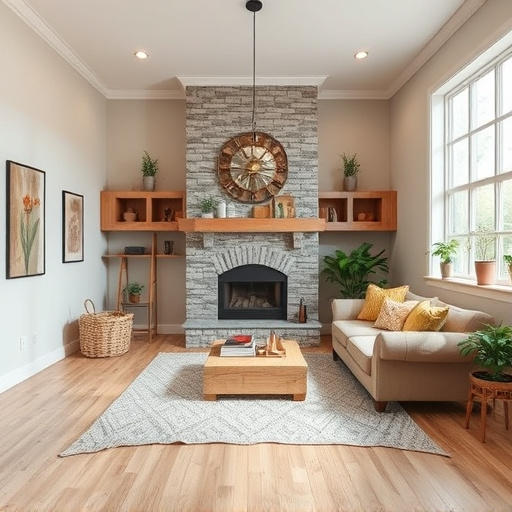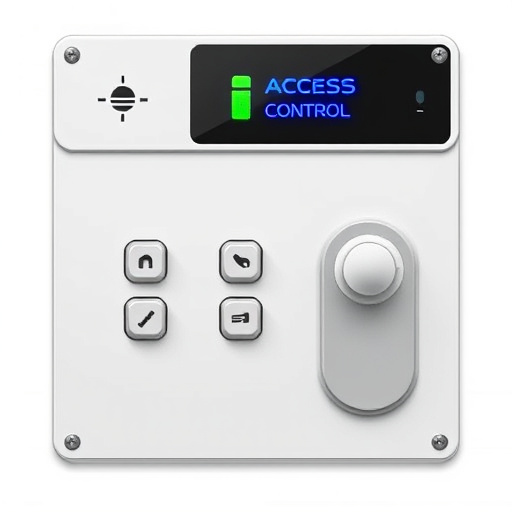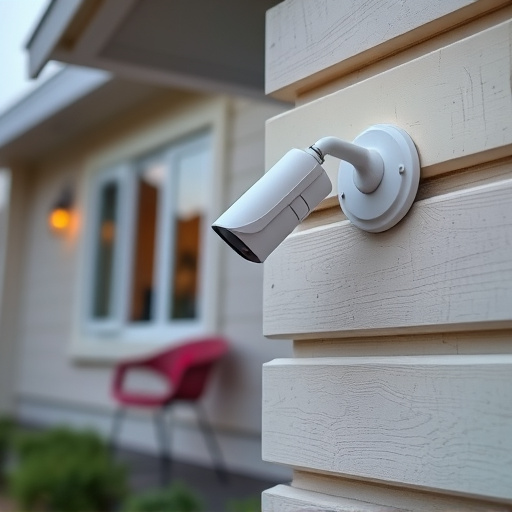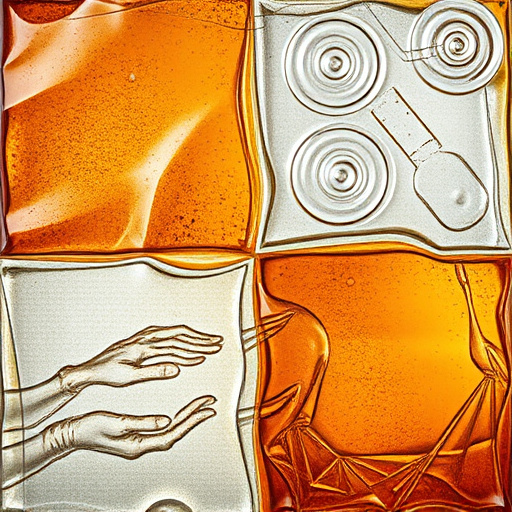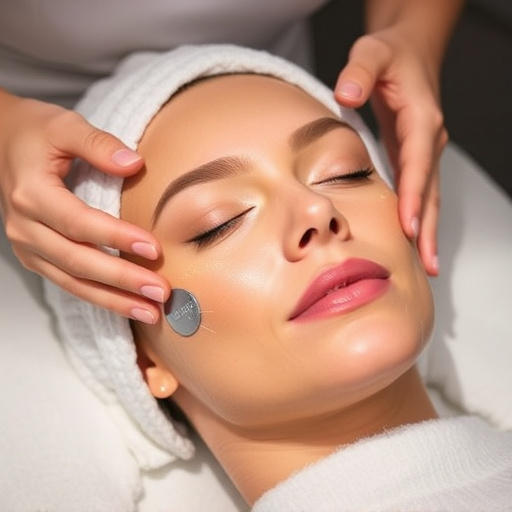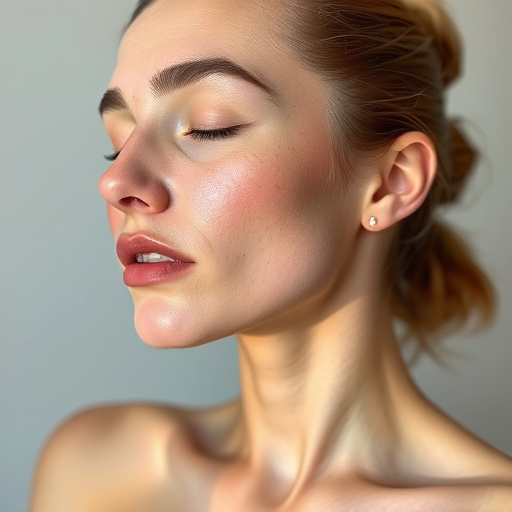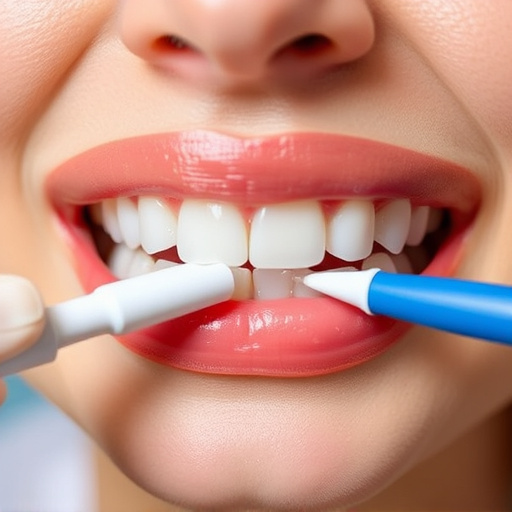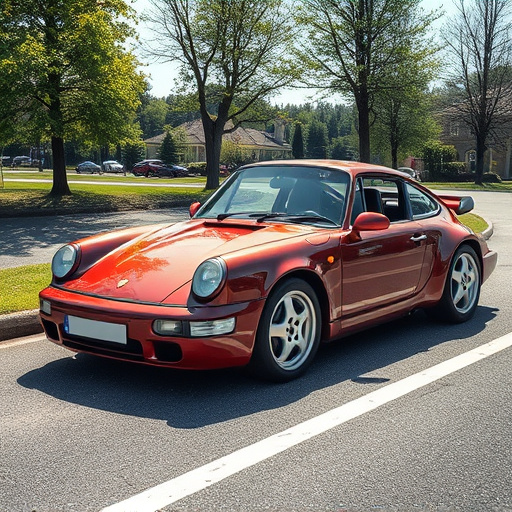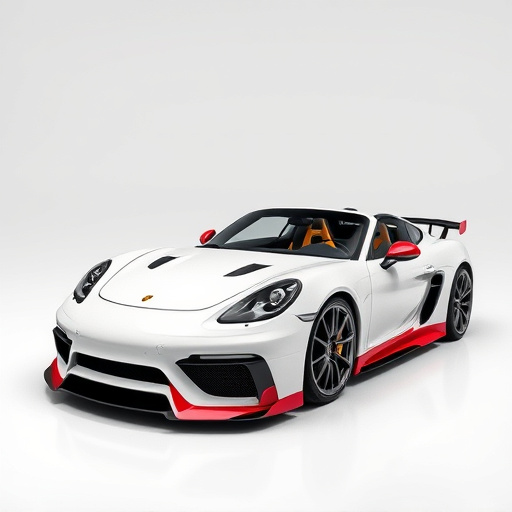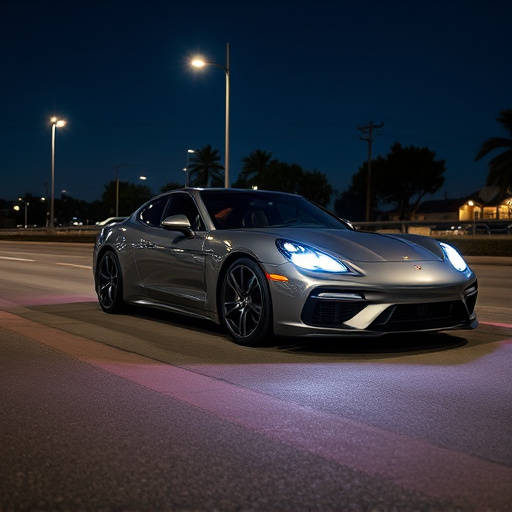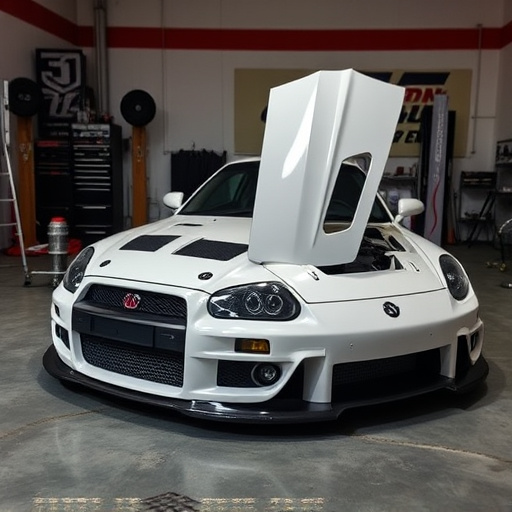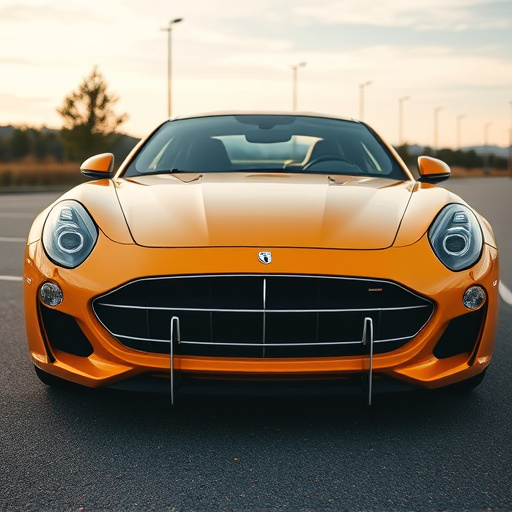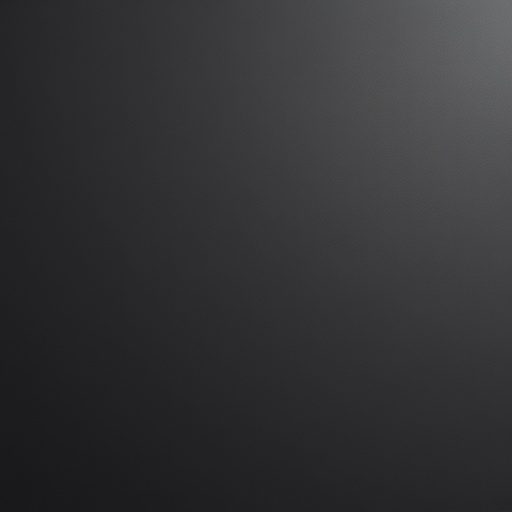Consider a way to transform your car’s exterior without a complete wrap. Partial vehicle wraps—targeting specific areas like doors, hood, or rear panels—offer an affordable and effective solution for customization. This cost-saving approach allows you to express your style while maintaining the majority of your vehicle’s original paint.
In this guide, we’ll explore the benefits of partial wrapping, break down the application process step-by-step, and unlock the potential to refresh your ride with a unique, personalized look.
- Understanding Partial Vehicle Wrap: A Cost-Effective Solution
- Benefits of Partial Wrapping for Doors, Hood, and Rear Panels
- The Application Process: Step-by-Step Guide to a Successful Partial Wrap
Understanding Partial Vehicle Wrap: A Cost-Effective Solution
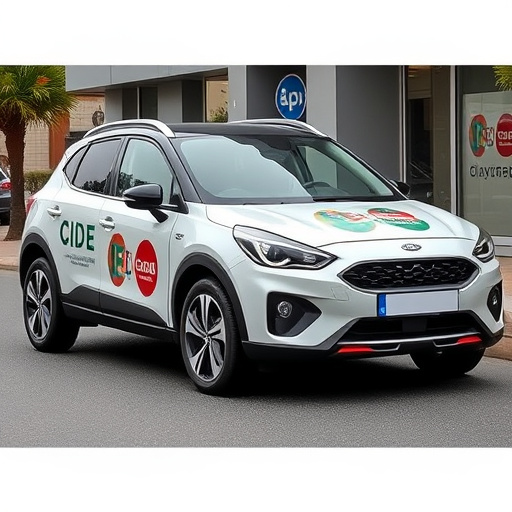
A partial vehicle wrap offers a cost-effective solution for those looking to transform the look of their car or truck without the full commitment of a complete wrap. It involves applying vinyl wrapping material to specific areas like the doors, hood, or rear panels, allowing you to achieve a custom design while keeping the majority of your vehicle’s original finish intact. This targeted approach not only enhances aesthetics but also provides vehicle protection from elements like dirt, debris, and minor scratches. Moreover, compared to painting, a partial wrap is generally less expensive and can be easily removed or updated if desired, making it an attractive option for those who want flexibility and a fresh look without breaking the bank.
Benefits of Partial Wrapping for Doors, Hood, and Rear Panels
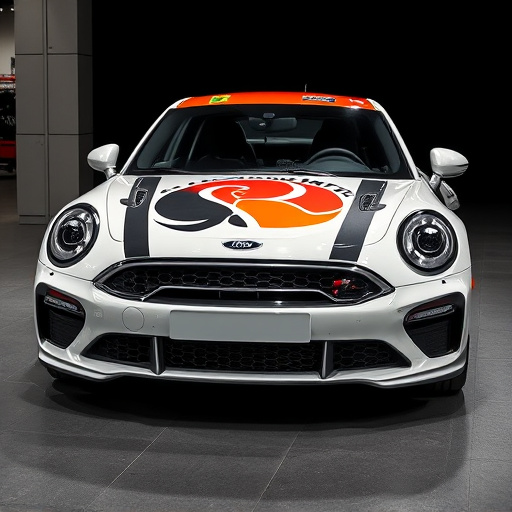
Partial vehicle wrapping for doors, hoods, or rear panels offers a unique and effective way to transform your car’s exterior while maintaining a balanced aesthetic. This tailored approach allows owners to enhance specific areas, focusing on making a statement with high-impact features. Unlike full wraps that cover every inch of the vehicle, partial wraps provide a cost-efficient solution for those seeking subtle yet significant changes. By wrapping just the doors or hood, car enthusiasts can achieve stunning visual effects without the hefty price tag associated with comprehensive wraps.
This method also facilitates easy customization and accessibility. Owners can choose from an array of vibrant colors, eye-catching graphics, or even keep it simple with a subtle matte finish. Partial wrapping is not just about aesthetics; it’s also practical. It provides protection against minor scratches and chips, adds a layer of privacy, and enhances the overall value of the vehicle. Moreover, unlike other vehicle enhancement methods like window tinting or paint correction, partial wraps offer flexibility, allowing for easy removal or changes in the future if preferences shift.
The Application Process: Step-by-Step Guide to a Successful Partial Wrap
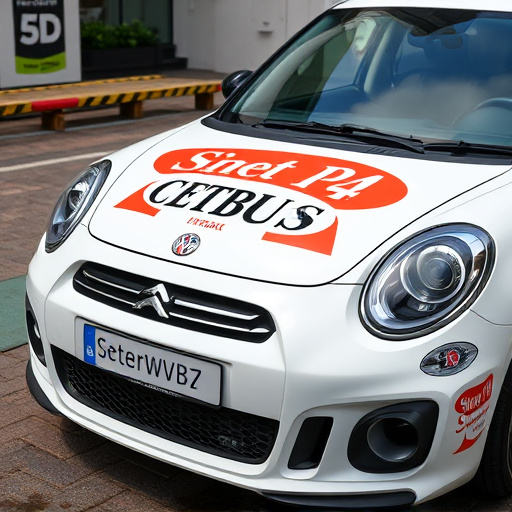
The process of applying a partial vehicle wrap is an art that requires precision and attention to detail. Here’s a step-by-step guide to ensure a successful transformation:
1. Preparation: Begin by thoroughly cleaning and inspecting the surface you intend to wrap. Ensure it’s free from dirt, grease, or any residue. Consider using a high-quality ceramic coating for added protection and enhanced heat rejection, especially if the wrap is for exposed areas like the hood or doors. This step prepares the surface, ensuring better adhesion for your wrap.
2. Design and Cut: Next, create your desired design using specialized software or templates. For a partial wrap, you’ll be cutting out specific sections of the vehicle’s body. Precise cutting is key; use high-quality materials and tools to ensure accurate results. Consider the material’s stretch and how it will conform to curves and corners. This step demands creativity, ensuring your design complements the vehicle’s aesthetics without compromising structural integrity.
3. Application: With the design ready, carefully apply the partial wrap, starting from one edge and working smoothly across the surface. Use pressure-sensitive adhesive for an easy, bubble-free application. Ensure even coverage, paying close attention to edges and corners. For complex designs or curved surfaces, consider using heat tools with caution to conform the wrap without damaging the material or the vehicle’s finish.
4. Finishing Touches: Once applied, inspect your work for any creases or misalignments. Smooth out any imperfections, ensuring a seamless finish. The final step involves trimming excess material and securing it properly, leaving no visible gaps or edges.
A partial vehicle wrap is a versatile and cost-effective way to transform specific car panels, offering both aesthetic appeal and practical benefits. By wrapping doors, hoods, or rear panels, vehicle owners can achieve a fresh look while preserving the original paint in other areas. This targeted approach allows for creative expression without the full commitment of a complete wrap, making it an attractive option for those seeking to enhance their ride’s style without breaking the bank. With the right application process, as outlined in this guide, achieving professional results is achievable, ensuring your partial wrap stands out on the road.
